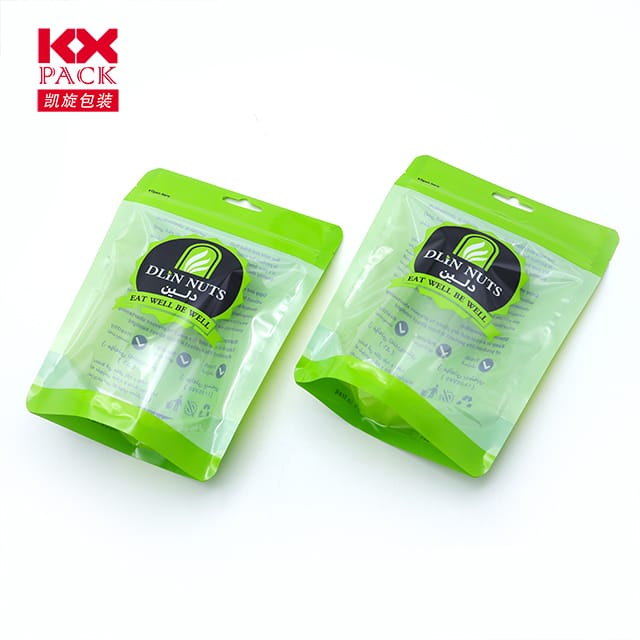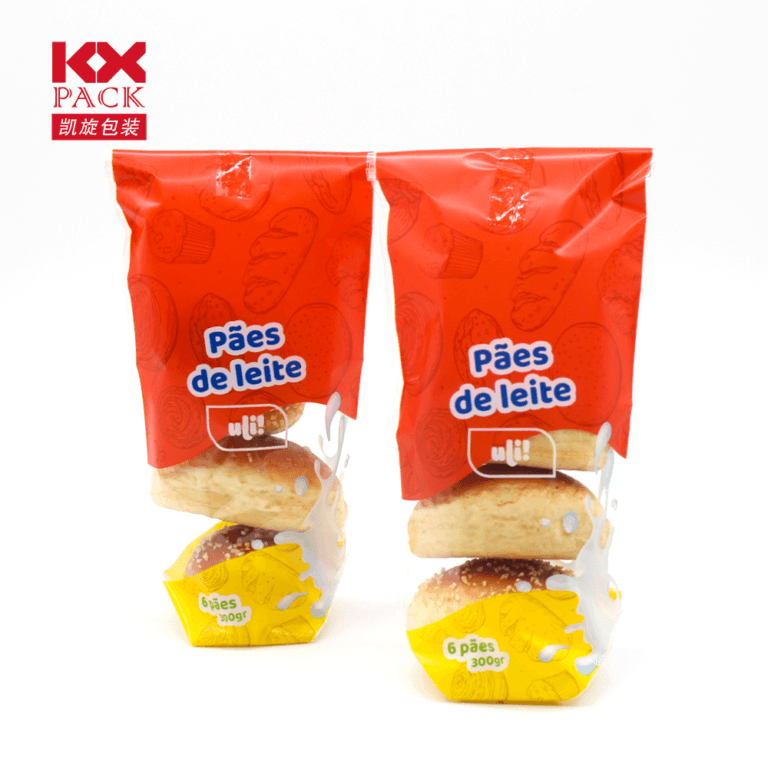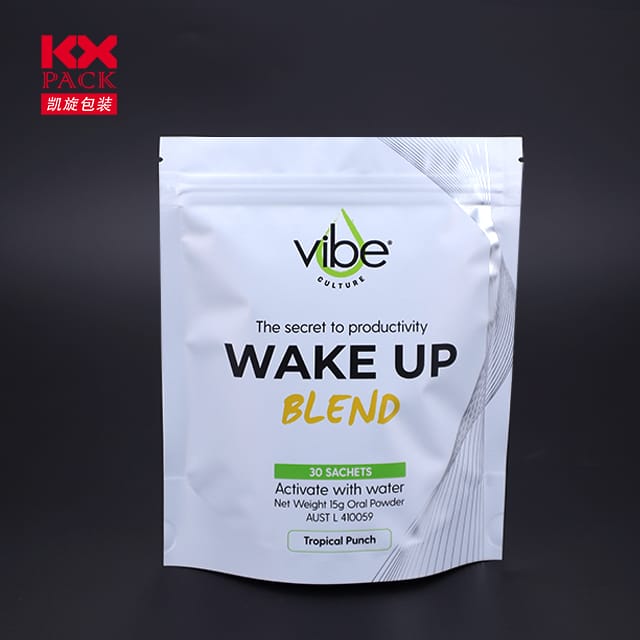The Unsung Hero of Your Kitchen: The Science and Sustainability of Food Film Wrap(2)
Film z jedzeniem
In every kitchen, big or small, there’s a silent guardian keeping leftovers fresh, ingredients organized, and meals protected from the elements: food film wrap. Often dismissed as a mundane household item, ten cienki, stretchy material is a marvel of engineering, balancing practicality with environmental challenges. Let’s unravel the story behind food film wrap—its uses, innovations, and the push toward a greener future.
Why Food Film Wrap Matters
Food film wrap, Znany również jako folia lub folia z tworzywa sztucznego, is a kitchen essential for a reason. Jegostretchability, clinging properties, Iodporność na wilgoć make it indispensable for:
- Preserving Freshness: Sealing in flavors and preventing spoilage by creating an airtight barrier.
- Preventing Cross-Contamination: Keeping raw meats, veggies, and baked goods separate in the fridge.
- Marinating & Cooking: Covering dishes during marination or protecting food in the microwave.
- Organizing: Wrapping snacks, covering bowls, or bundling utensils for picnics.
The Evolution of Food Film Wrap
Modern food film wrap has come a long way from its humble beginnings. Early versions were brittle and difficult to handle, but advancements inpolymer technology (like PVC, LDPE, and PVDC) transformed it into the stretchy, transparent wonder we know today.
- PVC (Chlorek poliwinylu): The first widely used plastic wrap, known for its clarity and cling but criticized for containing plasticizers like phthalates.
- LDPE (Low-Density Polyethylene): A safer, more flexible alternative, though less clingy.
- PVDC (Polyvinylidene Chloride): Offers superior moisture and oxygen barriers, often used in premium wraps.
Dzisiaj, many brands blend materials to balance performance and safety.
The Environmental Conundrum
Here’s the catch: traditional food film wrap is asingle-use plastic, contributing to the global pollution crisis. Most wraps are non-recyclable due to their thinness and contamination risks, ending up in landfills or oceans.
But the industry is evolving. Manufacturers and consumers alike are pushing for:
- Biodegradable Options: Wraps made from plant-based materials (like cornstarch) that decompose faster.
- Compostable Wraps: Certified to break down in industrial composting facilities.
- Reusable Alternatives: Silicone lids, beeswax wraps, and fabric bowl covers that cut down on plastic waste.
Sustainable Swaps for Eco-Conscious Cooks
If you’re ready to ditch traditional plastic wrap, here are planet-friendly alternatives:
- Pażeń pszczeli:
- How They Work: Coated in beeswax, jojoba oil, and tree resin, they mold to containers and food.
- Profesjonaliści: Reusable for up to a year, compostable at end-of-life.
- Wady: Not ideal for hot foods or raw meats.
- Silicone Lids/Covers:
- How They Work: Stretchy silicone lids that fit bowls, patelnie, and even cut produce.
- Profesjonaliści: Dishwasher-safe, heat-resistant, and durable.
- Wady: Limited flexibility for odd-shaped items.
- Fabric Bowl Covers:
- How They Work: Reusable fabric covers with elastic edges, often lined with waterproof material.
- Profesjonaliści: Stylish, machine-washable, and zero-waste.
- Wady: May not seal as tightly as plastic.
- Glass or Stainless Steel Containers:
- How They Work: Airtight, reusable containers that eliminate the need for wrap entirely.
- Profesjonaliści: Wytrzymały, leak-proof, and eco-friendly.
- Wady: Heavier and bulkier for storage.
Tips for Using Food Film Wrap Responsibly
If you’re not ready to part with plastic wrap entirely, here’s how to minimize its impact:
- Reduce Usage: Only use what’s necessary—avoid over-wrapping.
- Reuse Scraps: Small pieces can cover small bowls or wrap half-cut produce.
- Odpowiednio poddawaj recyklingowi: Check if your local recycling accepts soft plastics (many grocery stores offer collection bins).
- Choose Eco-Brands: Look for wraps labeled “biodegradable” or “compostable” (though verify certifications).
The Future of Food Film Wrap
Następna granica? Filmy jadalne made from seaweed, milk proteins, or even potato starch. These innovations promise zero waste and could revolutionize food packaging. Imagine peeling off a wrap and eating it—or composting it guilt-free!
Wniosek
Food film wrap is a kitchen MVP, but its environmental footprint demands a rethink. By choosing sustainable alternatives or using plastic wrap mindfully, we can keep our food freshI our planet healthy.
What’s your go-to food storage solution? Share your tips for reducing plastic waste in the comments! 🌱🍴
Notatka: Always check product labels for safety (NP., microwave-safe wraps) and sustainability claims.







